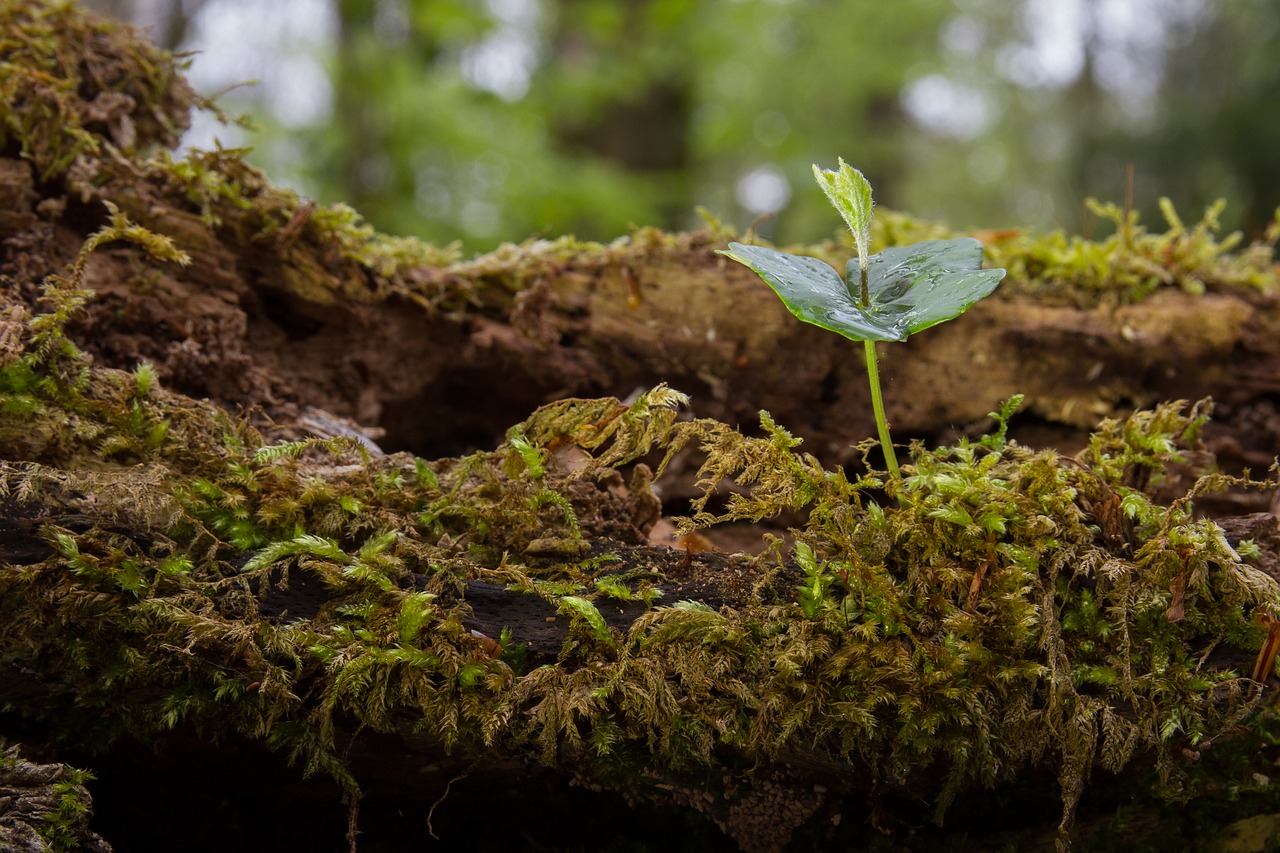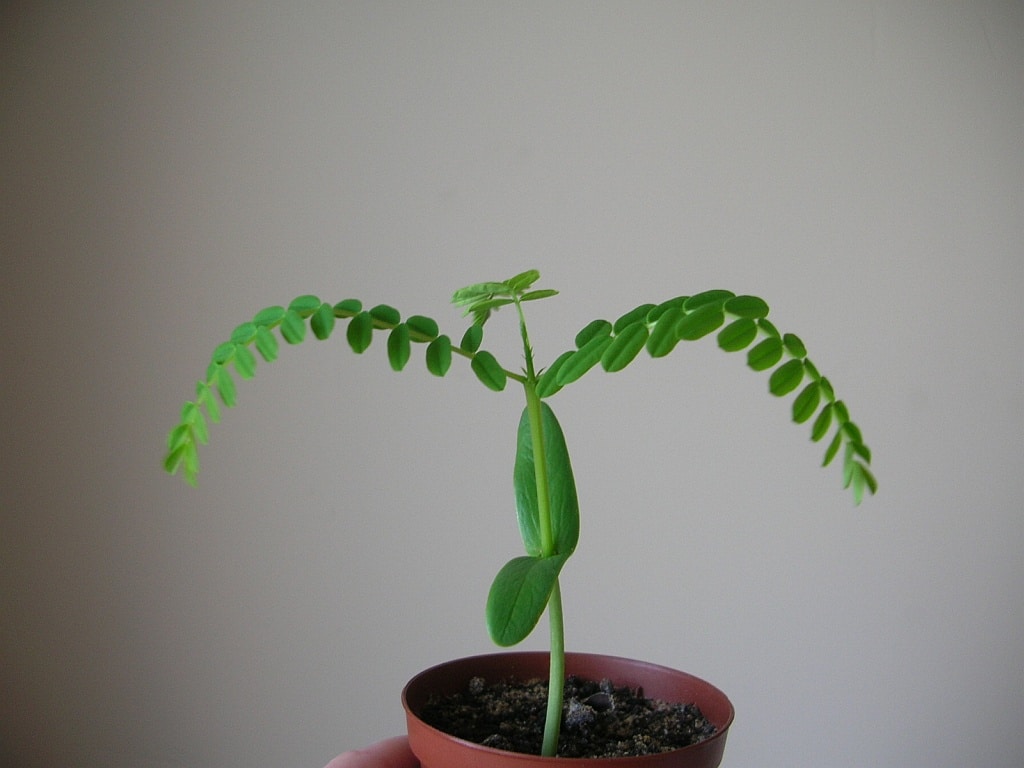
there's nothing like seeing nacer a tree. No matter how much experience you have, it is inevitable to smile every time a seedling sprouts from a seed, from that seed that you have been taking care of since the moment you picked it up. But there are so many dangers that this new tree must face that it is very, very important to know what measures to take to avoid them.
So I'm going to explain to you how to reproduce trees by seeds, since what is done before they germinate can determine whether they will live or die.
Choose the sowing method

The first thing to decide is how they are going to be planted. And no, I am not referring to putting the seeds lying down or straight, but rather whether they are going to be subjected to some pregerminative treatment or if they are going to be sown directly.
What are pregerminative treatments?
There are many species of trees that protect their seeds so, so well that they often have difficulty germinating in a more or less short period of time. When grown, It is interesting to subject them to some treatment to cause small wounds, invisible to the naked eye, on the skin that protects the ovary.
There are many:
- Scarification: These are treatments that help seeds to germinate, often much faster, than they would in their natural state. There are two types:
- Thermal shock: it consists of introducing the seeds in a glass of boiling water for 1 second -with the help of a strainer- and immediately after 24 hours in another glass of water at room temperature. This method is especially indicated for Acacia seeds, Delonix, Albizia, Robinia, Sophora, etc., in short, from the trees of the legume family or Fabaceae.
- Sandpaper: sandpaper is passed several times on one side of the seeds, and then they are placed in a glass of water at room temperature to hydrate. The next day they are sown in the seedbed. It is a method that can also be used for legumes.
- artificial layering: It is a treatment that tries to emulate the conditions of the trees' own habitat so that their seeds germinate. This can be of two types:
- Cold stratification: it consists of sowing the seeds in a tupperware with, for example, vermiculite with a little copper or sulfur, and putting them in the fridge -in the dairy products, vegetables, etc.- section- for 2 to 3 months at a temperature of about 6ºC. This is a method indicated for all those species from temperate or cold climates that are being cultivated in somewhat warm climates.
- Hot stratification: it is the same as the previous one, with the difference that they are not placed in the fridge but placed near a heat source.
Another option, valid for desert trees, is to put them in a thermos with very hot water (about 40ºC) for one or two days. For example, baobabs They germinate pretty well that way.
- Direct sowing: is the classic method. It consists of sowing the seeds directly in seedbeds or in the garden, although in the case of trees I recommend planting them in pots to better control their germination. This method is useful for native species, and for those that we know in advance that germinate without problems.
Use clean materials
Fungi are the main enemy of seeds. Because, you must use new substrates and seedbeds that are clean. From my own experience, I recommend the use of substrates rich in organic matter that facilitate rapid water drainage, as well as forest seed trays. By sowing two seeds in each alveolus, you will ensure that the subsequent pricking is a complete success, because even if both germinate, it will not be too difficult to separate them.
Don't forget the fungicide
the fungicide It must be applied as soon as the seedbed is prepared, and regularly once a week or every fifteen days, depending on the type of product you use (spray fungicide, or copper or sulfur). This is surely the most essential thing to remember when it comes to tree planting.
And it is that, when you see the first symptoms, such as a dark spot on the stem of the seedling, it is usually too late and nothing can be done to save it.
Put the seedbed in the right place

Image sourced from Wikimedia/Joozwa
The tree seeds have to be a little buried in the seedbed, but they also have to be in an appropriate place for them. This place will depend on the species: for example, trees from temperate climates will want to spend cold in winter to germinate well in spring, and also tend to prefer semi-shade rather than direct sun; but trees from warm climates, such as olives for example, on the contrary, they will want light from the first day.
If in doubt, you can always put the seedbed in semi-shade and when you find out where they want to be, if changes need to be made, you can slowly and gradually get them used to that new location.
Keep the substrate moist
Moist, but not waterlogged. The seeds need moisture to germinate, but too much water will rot them. Water whenever you see that the soil is drying out, if possible by the tray method since if you water from above you run the risk of removing the seeds from the ground.
Another important point is the type of water used. The best of all is and will be the rainwater, but when it cannot be obtained, the one that is suitable for human consumption or the one from the tap is chosen if that water is not very hard. If you plant acidophilic trees, such as japanese maples, and the water you have is very calcareous, you can lower the pH, that is, you can acidify it with lemon or vinegar. Analyze your pH with a digital meter or with pH strips that you will find for sale in pharmacies, because if it drops below 4 it would not be good either.
And enjoy
The last piece of advice is enjoy. They will take more or less, but if the seeds are fresh and the temperatures are right, they will surely germinate healthy.
I would like to know who sells trays of already germinated trees
Hello Caroline.
I'm sorry, but I can't help you. I know they sell seedlings on ebay as well as online nurseries, but trays of saplings I couldn't tell you.
Let's see if someone can tell you something.
Greetings.